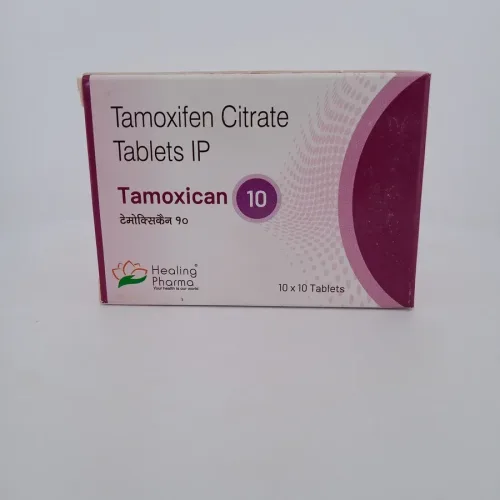we are committed to ensuring complete customer satisfaction.
Welcome to the new AIPCTSHOP! Better design, smoother checkout, and the same reliable delivery you trust.
USD $0.00
Cart TotalNo products in the cart.
Exclusive Products
USD $35.00 Original price was: USD $35.00.USD $31.50Current price is: USD $31.50.Add to cart
Vomistop 10 mg – 500 pill
Hair loss affects millions of people worldwide, but advancements in medical science are leading to more effective and lasting solutions. From regenerative medicine to gene therapy, the future of hair restoration is promising. Always consult a medical professional before following any health advice or setting out a new health plan.
Stem Cell Therapy for Hair Regeneration
Scientists are exploring stem cell therapy to regenerate damaged hair follicles. By stimulating dormant follicles and promoting new cell growth, stem cell treatments could provide a long-term solution for hair loss, particularly in cases of androgenetic alopecia.
Exosome Therapy for Faster Hair Regrowth
Exosomes are tiny cellular messengers that promote tissue repair and regeneration. When injected into the scalp, they stimulate hair follicle activity, improve scalp health, and enhance hair growth, making this an exciting, minimally invasive treatment.
Platelet-rich plasma (PRP) with Growth Factors
PRP therapy uses the patient’s own blood, processed to extract growth factors, which are then injected into the scalp. PRP stimulates hair follicles, increases blood circulation, and encourages hair regrowth, making it a popular innovation for treating thinning hair.
Hair Cloning: A Potential Permanent Cure
Researchers are working on cloning hair follicles by multiplying a person’s existing healthy follicles in a lab. Once perfected, hair cloning could provide unlimited donor follicles for hair transplantation, revolutionizing the treatment of baldness.
JAK Inhibitors for Autoimmune Hair Loss
JAK inhibitors, originally developed for treating autoimmune diseases, have shown promise in reversing alopecia areata. By suppressing immune system overactivity, these drugs help regrow lost hair, offering new hope for patients with severe hair loss.
3D-Printed Hair Follicles for Transplantation
Advancements in 3D bioprinting allow scientists to create artificial hair follicles. These lab-grown follicles could one day be implanted into the scalp, providing a limitless supply for hair restoration procedures.
Low-Level Laser Therapy (LLLT) with Enhanced Technology
Modern laser devices are improving in effectiveness, using precise wavelengths to stimulate follicles, improve blood circulation, and extend the hair growth phase. New at-home laser caps and clinic-based treatments offer pain-free hair regrowth solutions.
Gene Editing with CRISPR for Hair Loss Prevention
CRISPR technology is being explored for modifying genes linked to hair loss. If successful, this could prevent or even reverse genetic baldness by correcting faulty hair growth signals at the DNA level.
Smart Scalp Health Monitoring Devices
New wearable devices and smartphone apps analyze scalp health, measuring factors like sebum levels, follicle density, and blood circulation. This data helps create personalized hair loss treatment plans based on real-time scalp conditions.
New Topical Solutions Beyond Minoxidil
Scientists are developing more effective topical treatments, such as hair growth serums with prostaglandin analogues, peptides, and bioactive compounds. These next-generation solutions aim to provide better results with fewer side effects than traditional minoxidil.
Conclusion
Innovations in hair loss treatments are rapidly evolving, offering hope for those seeking effective solutions. From regenerative therapies to advanced medications, the future looks promising. Always consult a healthcare provider before beginning any new treatment.
Popular Post
Genetic Factors Behind Hair Loss
October 17, 2025
The Importance of Regular Sexual Checkups
October 21, 2025
Safe Sex Practices Everyone Should Know
October 21, 2025
Preventing Hair Thinning Naturally
October 17, 2025















